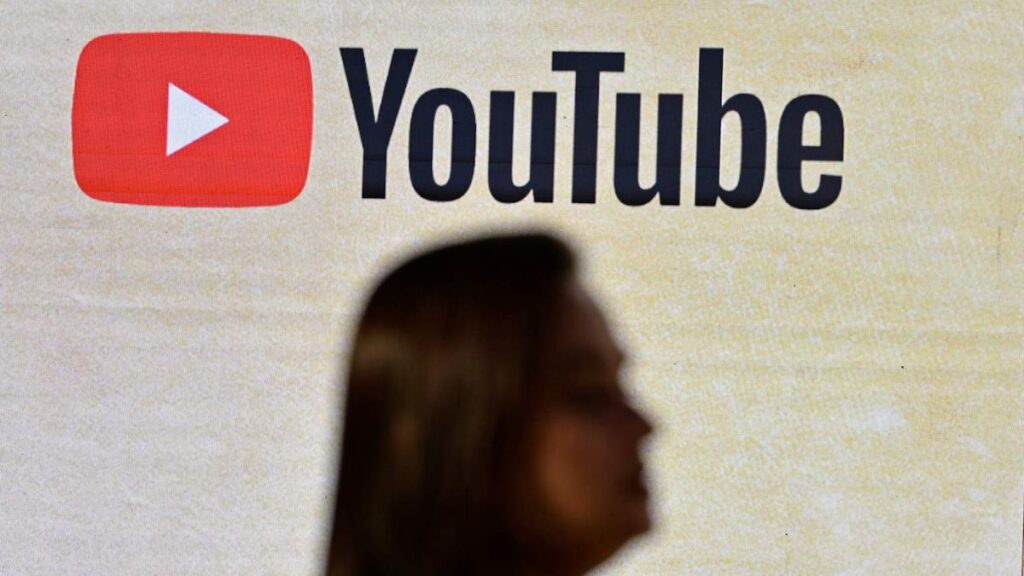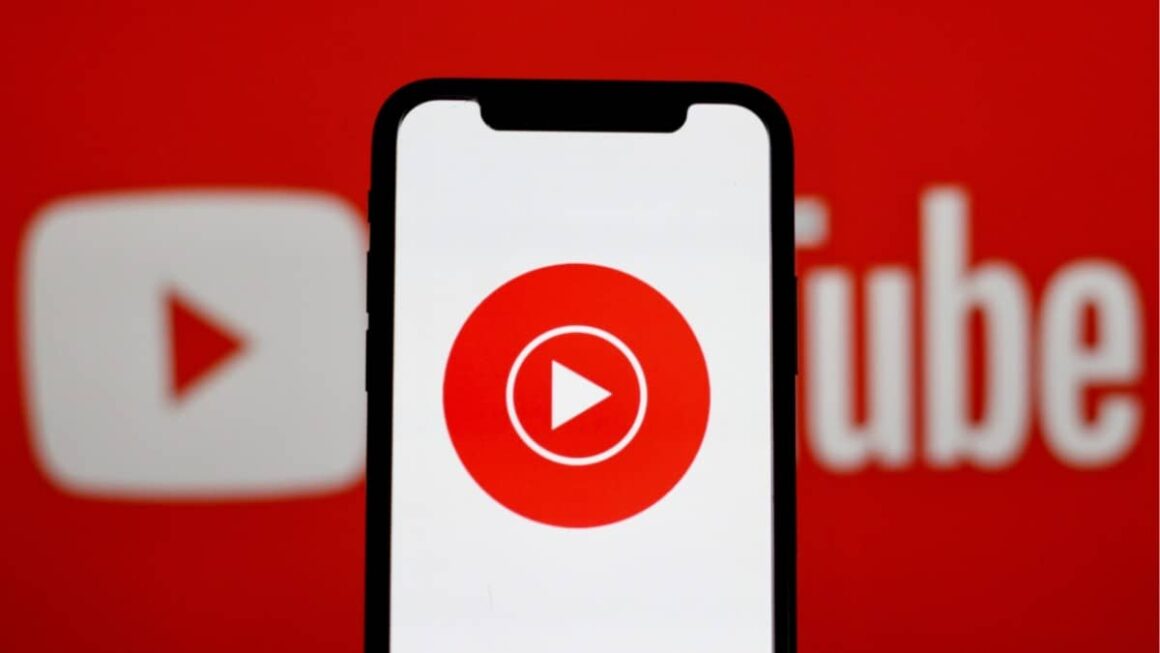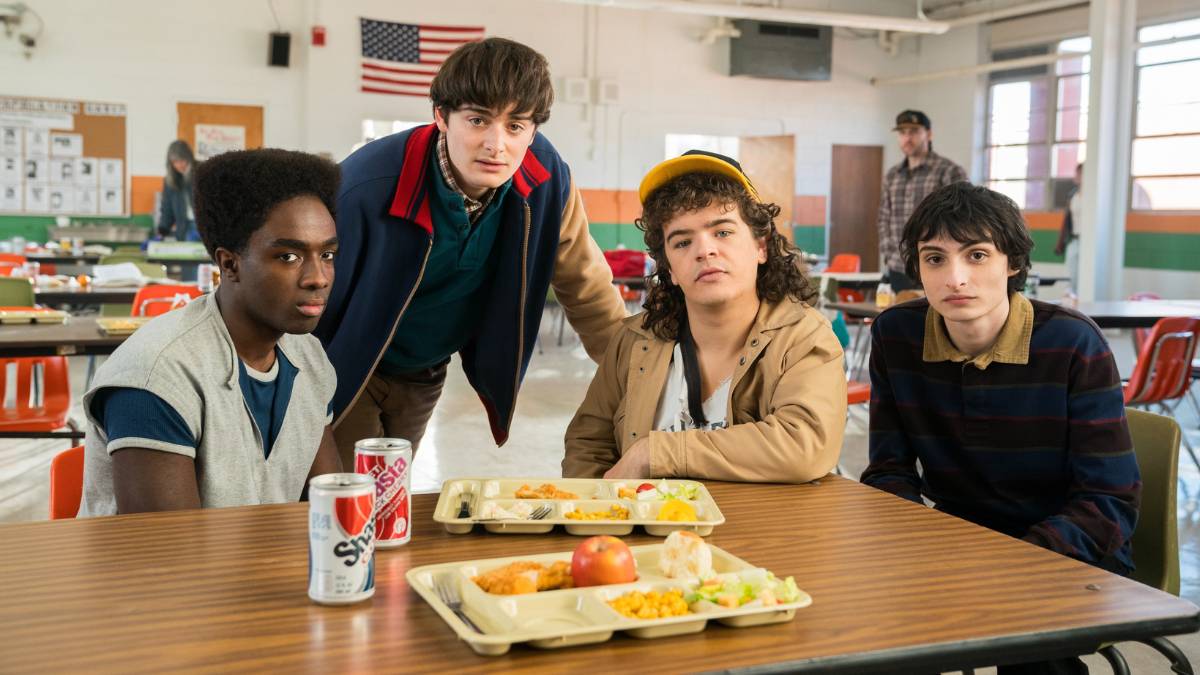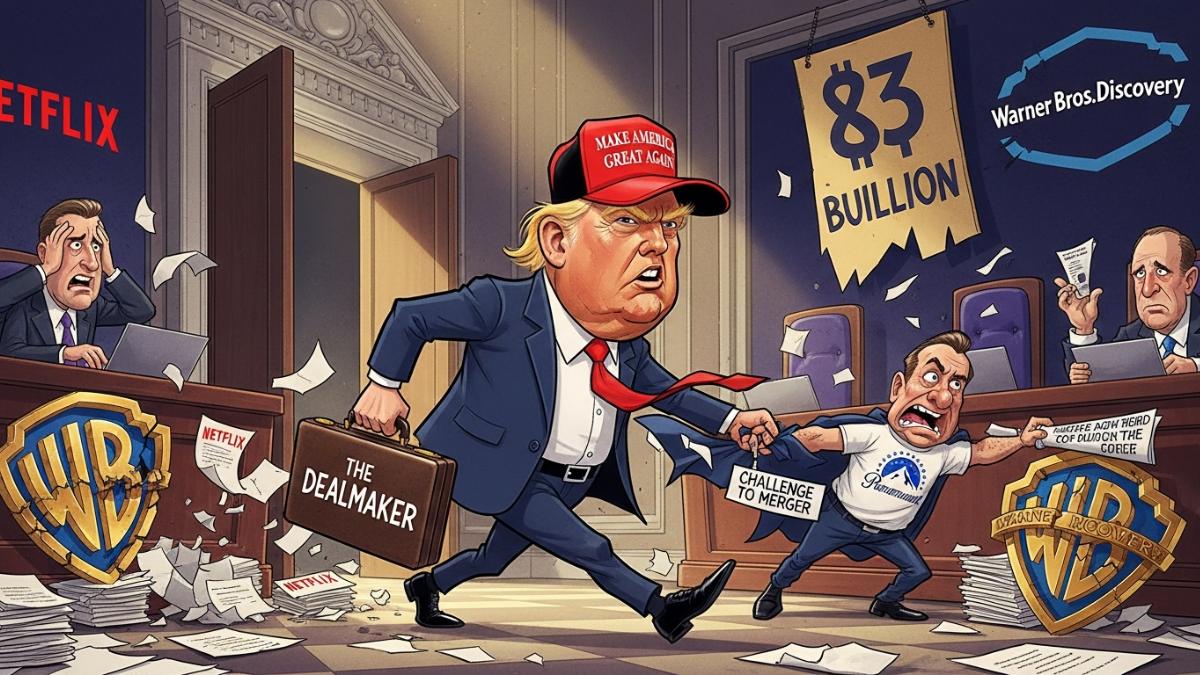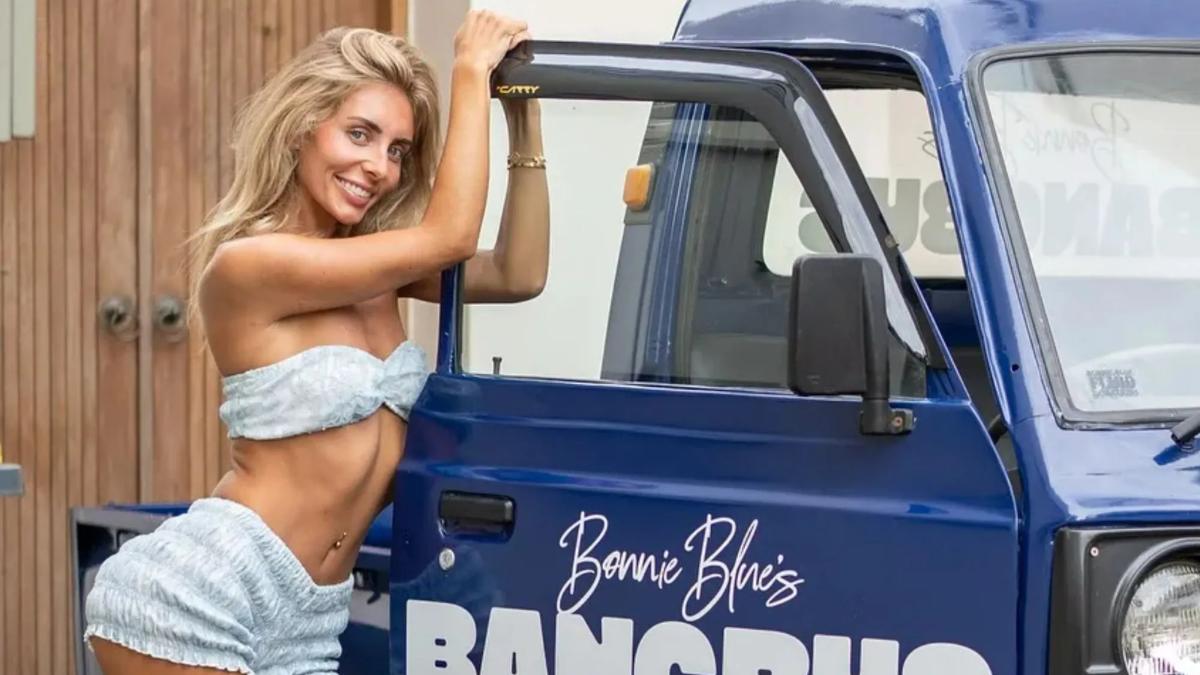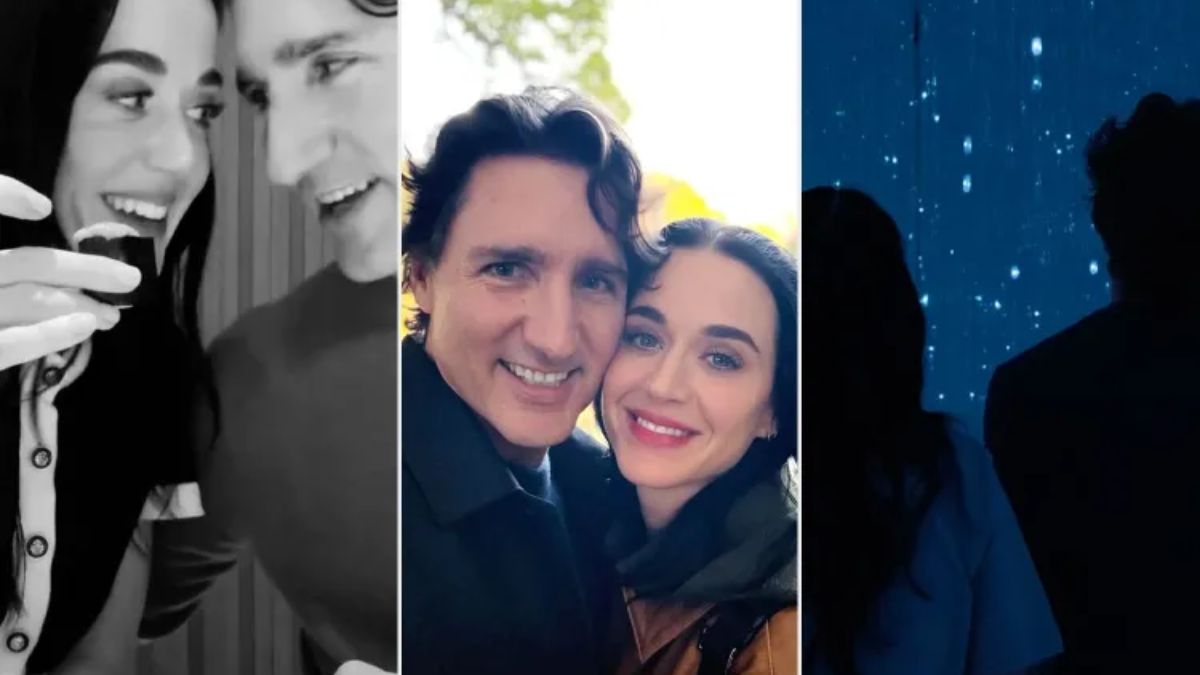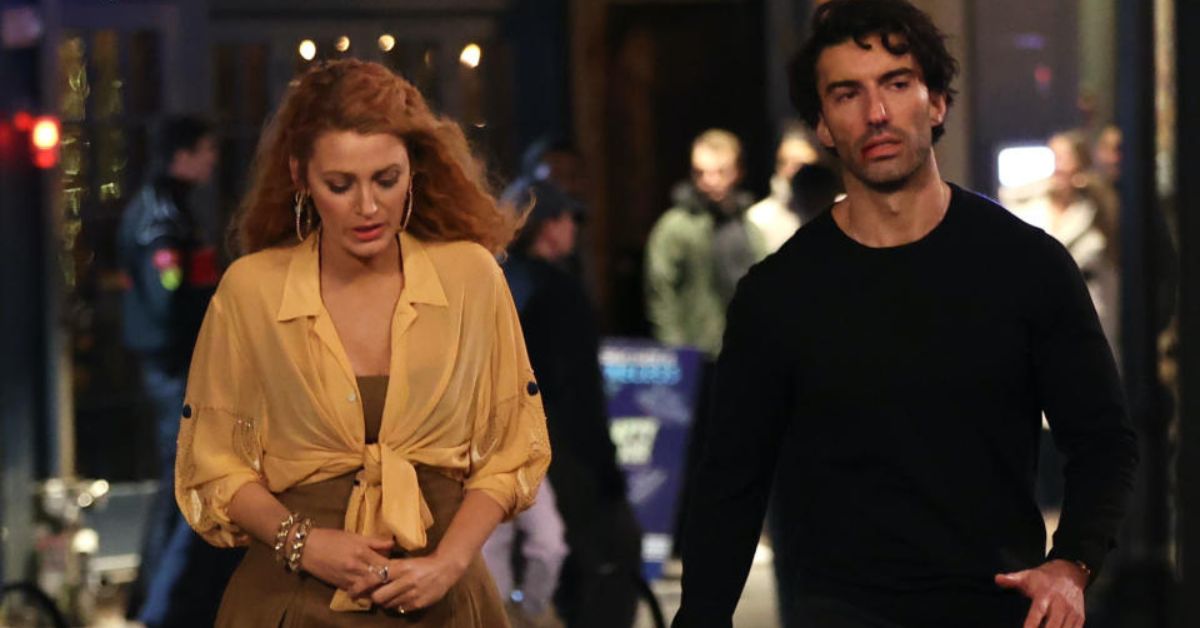A growing number of popular YouTube channels are now partially or fully owned by private equity firms, raising concerns about the future of creative independence on the platform.
These investment firms, backed by major players like Amazon, Disney, SoftBank, and Goldman Sachs, have collectively raised billions to acquire digital content brands. Channels such as Veritasium, Simple History, CocoMelon, Dude Perfect, and The Theorists are among those now operating under private equity ownership.
Unlike traditional media buyouts, these acquisitions often go unannounced, as creators are not legally required to disclose them. While this gives creators a chance to “secure the bag” and exit a risky and demanding industry, it also introduces structural changes that can significantly reshape content.
Why Are Investors Interested in YouTube?
YouTube channels have grown into profitable, small-scale businesses with low overhead and high engagement. As some creators demonstrated they could successfully scale their brands beyond ad revenue—launching products like Prime Energy or Beast Burger—private equity saw an opportunity.
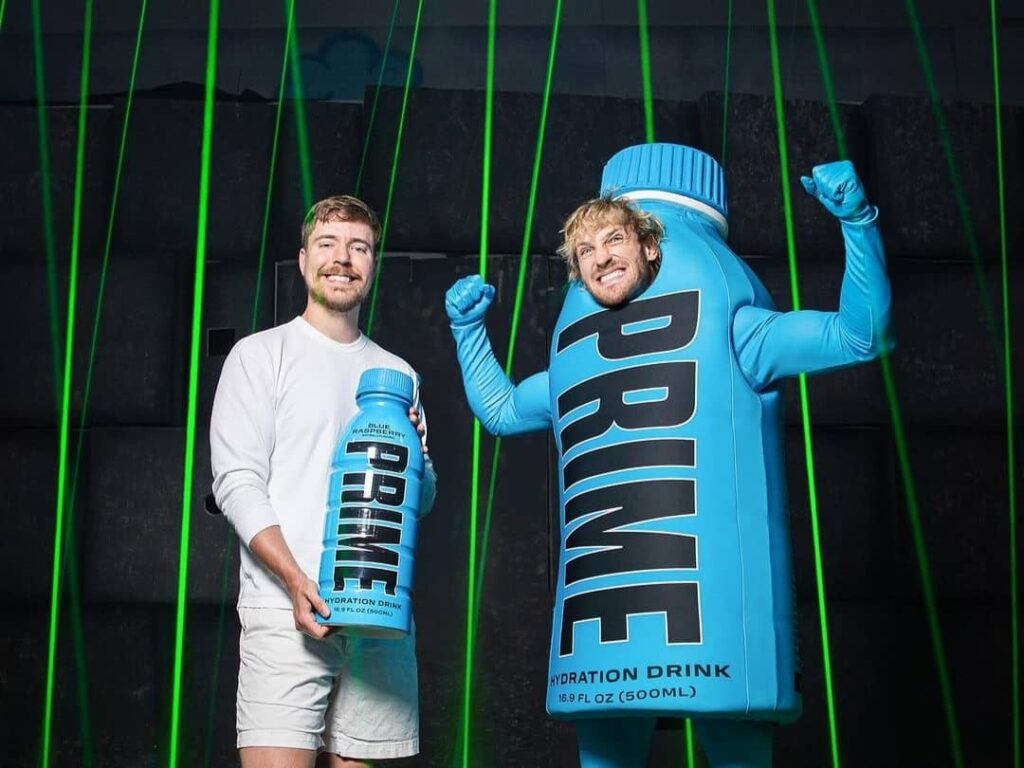
Legacy media companies have also begun funding these acquisitions. With declining viewership and a shrinking talent pool, firms like Disney and Netflix are investing indirectly through private equity to remain competitive in a fragmented media landscape.
Risks for Viewers and Creators
However, YouTube channels are risky assets. Most rely on one platform for visibility and income. They are vulnerable to sudden algorithm changes or community backlash. They often depend on a single creator, making them especially fragile.
To reduce this risk, firms are pushing channels to diversify their hosts, standardize content strategies, and increase output. This results in safer, more generic videos designed to please algorithms rather than creative risks. Over time, this could strip YouTube of the unique, independent spirit that helped it rise to global relevance.
A New Business Model—and Its Costs
As private equity firms take control, they bring in new teams—analysts, managers, and strategists—all of whom need to be paid. This overhead increases the pressure on channels to produce more content, accept more sponsorships, and prioritize commercial success.

Some channels are now part of broader portfolios, using a strategy known as “roll-up,” where multiple brands share business infrastructure and repeat what works. This homogenizes content further across different channels.
The End of the Creator-First Era?
Several former hosts have left after their channels were sold, citing creative differences or feeling sidelined. While some departures appear amicable, others reflect deeper concerns about losing personal ownership of one’s creative work.
As this trend continues, viewers may increasingly find themselves watching content from brands that are no longer led by individual creators—but by investment firms prioritizing returns over originality.
Vastly inspired by Micro's Video



